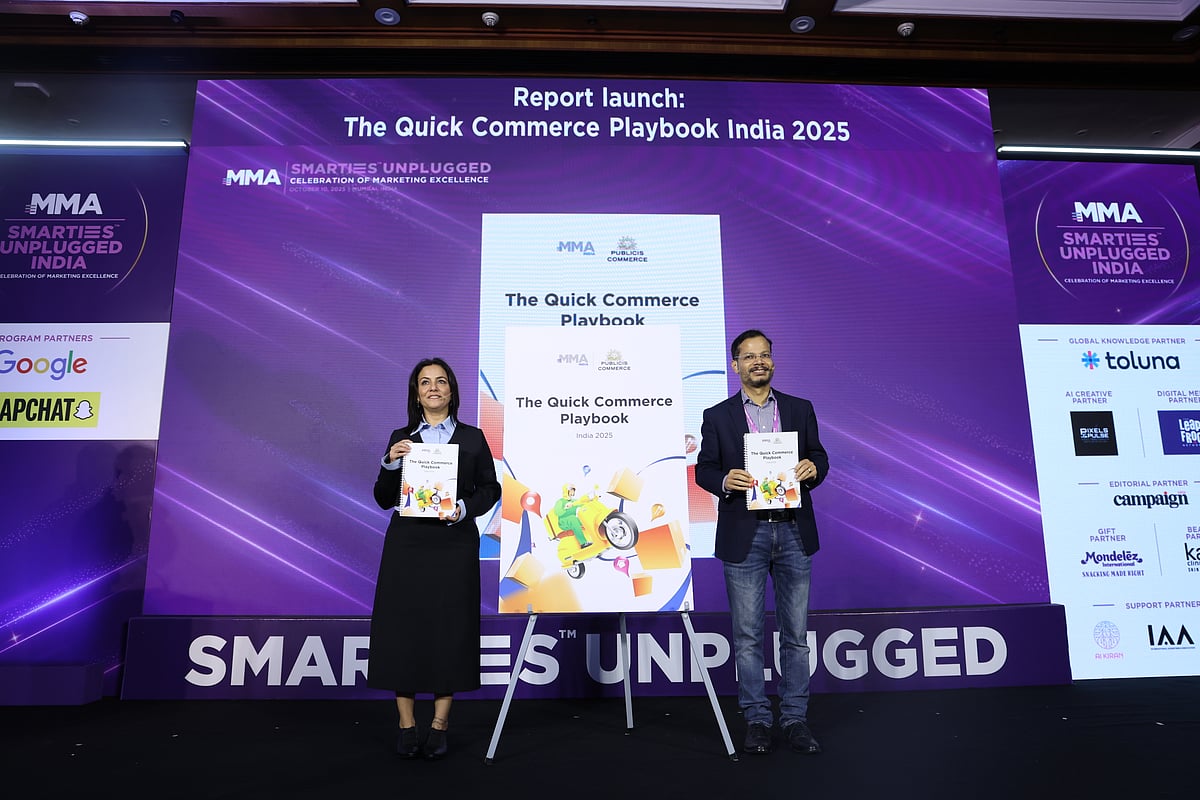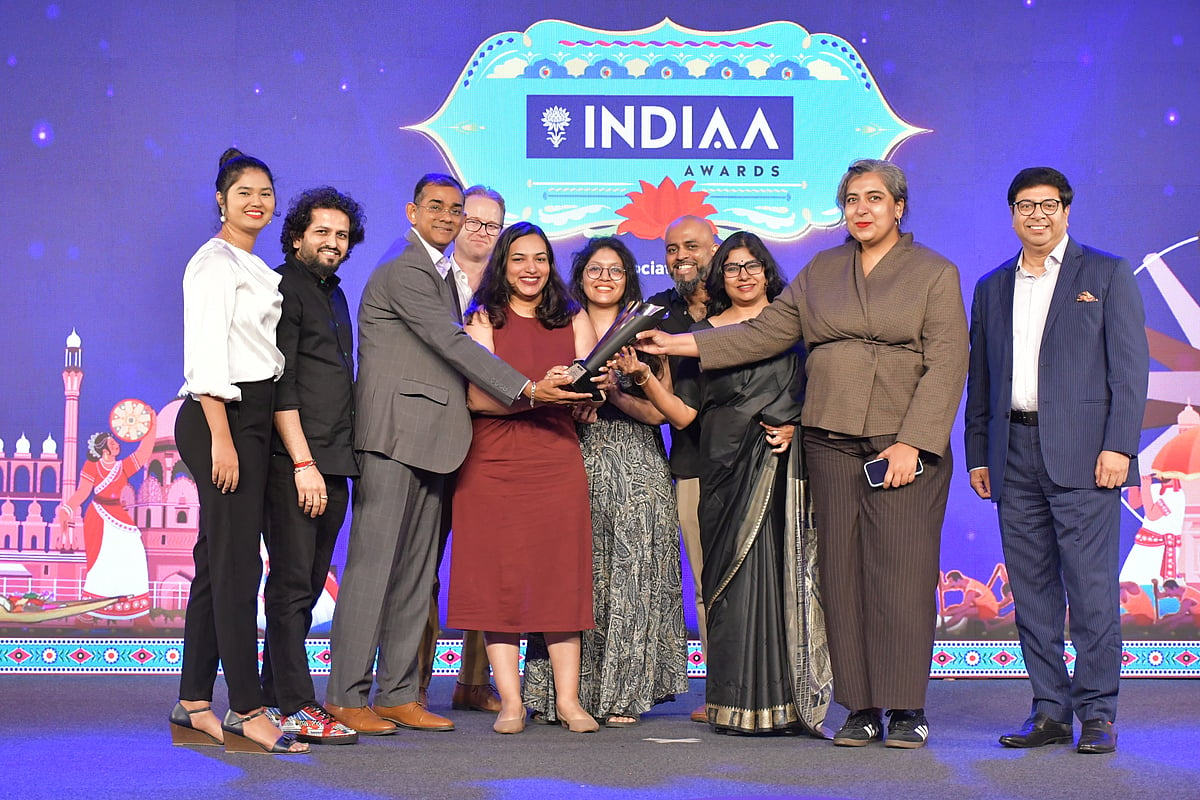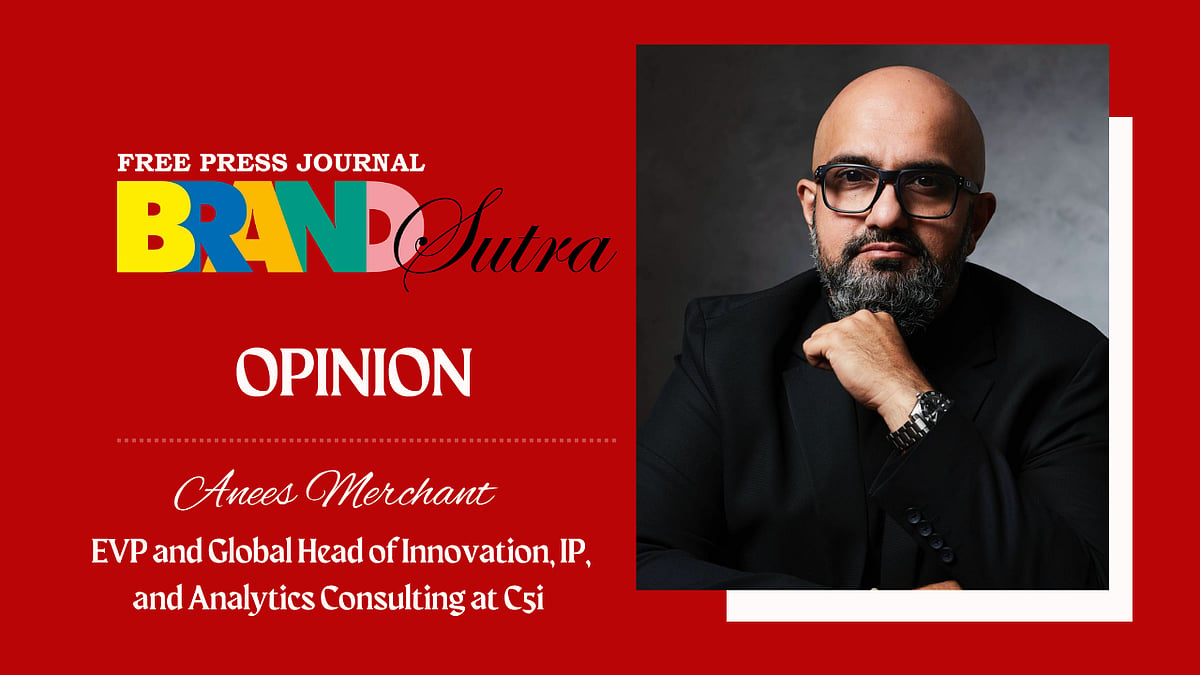Sunil Agarwal (Co-founder and Chairman) said recently that the target is Rs.1,000 cr in three years, growing 20 to 25 pc annually. What was the turnover last year? How does it compare with pre-pandemic (2019) and the year ending March 2022?
We closed at Rs.470 crore and the target for the coming next three years is Rs.1,000 cr. Our first step will be a jump from Rs.470 to Rs.600 cr and from there to Rs.1,000 cr. In the pre-pandemic era we had multiple issues with the supply chain. Demand for the products was there, but with the lockdown, the supply chain got disturbed. But we are now back to the business we had in the pre-pandemic period.
He has also said that moisturisers account for 70 pc of sales…
Joy’s foray into the skincare domain started with creams and lotions. Over the years, we have seen a lot of dependencies on the winter season with moisturisers. But things in urban areas have been changing, people still want light moisturisation (beyond winter). We started off from the winter portfolio. Currently we have light lotions and creams which are an all-round phenomenon that contribute a heavy part. Face wash is the next big chunk. We used to see heavy demand during summer months, now it has become a 365-day phenomenon.
Since we are a mass brand and have a plethora of products, we like to enter into a category which is slighter bigger in size.
What is the contribution broadly from skin care, hair care and others?
The contribution of hair care is very negligible. Ninety nine percent of our business is from skin care. As of now we don’t have expansion plans in the hair care category. We are experimenting more on the moisturisation and face wash categories. We are focused on giving more variants and SKUs, more offerings.
You started with North India, foraying into West and East four years ago. Next up (in three to four years) are Gujarat and Bihar. Being an affordable brand, what stops you from expanding the presence faster?
We started with moisturisation initially. The demand came from North India because of the harsh winter season. We always were present in the West and East of India. But the contribution was much lesser. The media isolation in West Bengal is pretty much unique and it is easier to tap into consumers. Maharashtra is a little tricky, we have done foothold work there to increase the presence.
Coming to what is stopping us. One of the major factors is the sales and distribution network in the general trade, which is an expensive long-term proposition and has to be built slowly. We are a home-grown Indian company – we are not funded. We have consumers back in South India through e-commerce channels and have a good amount of traction from cities like Bengaluru and Hyderabad. Hence, we realised that we need to take one step at a time, one geography at a time.
65 pc of sales is from tier 2 towns and cities, while 35 per cent is from tier 1 and metros. Do you see this changing?
No, because Joy is a mass brand. The good part is that the brand is at a sweet spot today. We are not into commoditised products like soap or hair oil. We are not a brand who wants to go very deep into rural areas. Our game is more in the mid-level range. We are not the premium range. Having said that, the amount of disposable income that is happening within the middle income group in the country, there is high propensity for skin care products. We are comfortable with the contribution that we have in that space.
Your online sales is 10 pc, expected to grow to 20 pc in three years. There is a view that it D2C is unviable in the affordable FMCG space – do you agree?
When you have an affordable product, making a proper ROI out of the e-commerce space is very difficult. What we have also learned is that there are a new set of products and some of the products we have developed have a better pricing strategy.
We re-strategised. Apart from the regular products, we came up with products that are slightly more viable in terms of pricing (online). For example, overnight creams. We identified the potential and understood that we need to sell in volumes at a particular pricing.
Joycare onboarded Disha Patani for the sunscreen category in India and launched a campaign. How were the brand sales during summer?
We had a good run in summer as we were on IPL. When we onboarded Disha Patani, we knew that we were going to use IPL as a platform. We also looked at a lot of online traction because the sunscreen range was divided into two halves. A generic SPF 40 and 50 range and some generic products like mineral sunscreen, matt finish and serum sunscreen, which were targeted at the online space.
We undertook a lot of promotions in-market and on digital as well. Because of the reach the brand and the products got on IPL, it worked very well for us. We are really in that curve of the brand journey where we need the brand awareness. The voltage at which IPL has happened this year helped Joy overall as a brand and categories like face wash and sunscreen.
How do you define the core TG of the brand? In the category, there are a lot of premium players. What is Joycare's premium play and premiumisation journey?
As mentioned earlier, we want to play in the mid-level range, we don’t want to get into the premium category. We have conceived it right from the beginning that we want to make it an affordable mass brand. When you compare the face serum category, we have offerings in the portfolio, but we are never going to come up with a serum ranging from Rs.1,500 to Rs.1,700. We are very clear on the fact that Joy wants to remain a mass brand.
The core TG has also gone through transition. Initially during the media planning discussions, it was the female TG we used to talk to. Now the psychographic plays come in. Every individual wants to be addressed exclusively, every brand has to become inclusive to all of them. Demography has taken a back seat and we are trying to understand what kind of subset we are talking to. We cannot generalise the cohort by age, socio-economic status.
There is also a lot of buzz on natural products and cruelty-free products. Your products are said to be cruelty-free, alcohol-free. How important are these attributes to the consumer in the affordable segment and how do you highlight them?
We highlight them through our packs. The natural part of it has been very organic to us because most of our products have some kind of natural elements like honey, aloe vera, coffee, almonds. Our brand proposition was very clear that it was very beautiful by nature because we don’t manufacture products to accentuate anything. You will not see our products claiming 3X brighter skin and so on. We believe nature has all the answers. We are putting it in the best possible way for our consumers as products. We are all born with a certain skin type, our products will help you to maintain it.
What does the media plan look like and how has it changed with online sales kicking in?
We are not doing anything too different. We have advertised on IPL, offline activations, nurturing Bengal and Maharashtra per se, doing a lot of local activities with trade partners there.
Online sales are seeing a surge for most of the brands because a large base of the consumers are opting for convenience through e-commerce. We are also seeing the same ride; it hasn’t overshadowed other forms of sales. We are doing a lot of digital marketing.
Over the years, you have worked with Anushka Sharma, Bharti Singh, Kriti Sanon and Mithila Palkar. Regionally, with Mimi Chakraborthy. How have they worked for the brand? Is it a good idea to keep changing the celebrity face?
It has been a good run with all the brand ambassadors. I wouldn’t say that it is a great idea to keep changing the celebrity face; long term effects work better.
Celebrities help in influencing at various levels. People say that when you onboard a celebrity, it gives you a messaging which is not believable, but micro influencing is believable. I believe both are influencers. A particular celebrity comes with credibility – there is a certain amount of credibility that comes with these associations.
MN4U SYNDICATE
Feedback: fpjbrandsutra@gmail.com










